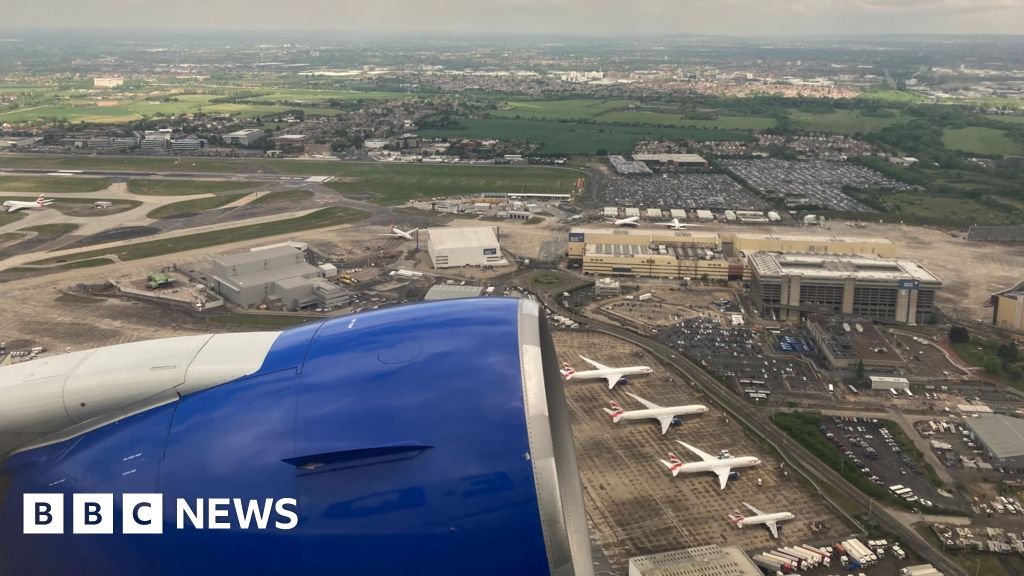Start spreading the news, New York’s (gradually) sinking today. It’s well established that sea levels are already rising across the globe, and New York City’s brush with Hurricane Sandy brought a Florida-level flood to Gotham. The National Oceanic and Atmospheric Administration recently projected that in 2050 moderate flooding is projected to occur more than 10 times as frequently as it does now. Cue 10 times as many videos of brown water rushing into the subways. But stunning research finds that the famous New York skyline is falling into the sea, one millimeter at a time.
Researchers Tom Parsons, Pei-Chin Wu, Meng “Matt” Wei and Steven D’Hondt set out to “calculate the mass of all buildings in New York City” while modeling the “subsidence caused by the pressure they exert on the Earth” and to show detailed images of the city literally sinking, scraped from satellite data. Their findings, published by the Earth’s Future journal, showed the city is already sinking 1mm to 2mm a year, and in some places more than that. The researchers add that the sea levels will likely rise by 200mm to 600mm by 2050, posing a greater threat to coastal cities and subsiding cities (cities that are already sinking), at a rate of four times higher than stable regions. Most cities around the world will sink as urban areas become denser, they projected.
The tectonic weight of the skyscrapers weakens the soil of the bobbing Big Apple, as researchers find that the average building mass is around 1.55 million pounds, making the collective mass of the buildings studied 1.68 trillion pounds. And in the age of remote work, it’s a bit ironic, given that these structures are increasingly empty. In other words, New York could be sinking for nothing.
Like an evil rubber ducky
Since the pandemic began three years ago, more companies have been ushering employees back to their offices. But they largely haven’t had great success with this, as some turn a blind eye to mandates that don’t adhere to their previous flexible ways of working.
Most prominently, JPMorgan CEO Jamie Dimon, a dominant figure on Wall Street, called workers back, only to be met with a surge of complaints from employees. Goldman Sachs CEO David Solomon emerged as strongly team office last year, ordering everyone to come in full-time. A year later, Fortune’s Geoff Colvin reported that many just haven’t shown up, and that attendance hovers at 65% to 69%, and almost zero on Fridays. Even when office attendance hit a post-pandemic high in February of this year, it remained only at 50.4%, according to data from nationwide security company Kastle Systems, which has emerged as the leading source on remote work vacancies. Facing an uphill battle, some CEOs have reversed course and allowed for hybrid work. It all puts into challenge the purposes of skyscrapers that were used to hoard employees under managers’ thumbs and are now boondoggles quite literally pressing Manhattan down into the sea.
While some (Patagonia-vested) wildlife remains downtown and in Lower Manhattan, the area still isn’t what it used to be, as Bloomberg reports that office vacancies in NYC reached a record low of 22.7% this year. The skylined ghost town doesn’t seem to be stopping anytime soon, as real estate firm Cushman & Wakefield recently projected that almost 330 million square feet of US office spaces could become vacant by 2030 as a result of remote work.
Even if our skyscrapers stand unused, they’re still letting themselves be known to the bedrock of Manhattan. Like an evil rubber ducky, these skyscrapers might survive eventual flooding, but they’re a stressor that heightens the severity of issues in the future. But there’s no need for paralyzing climate anxiety just yet, “It’s not something to panic about immediately but there’s this ongoing process that increases the risk of inundation from flooding,” Tom Parsons, a leader of said research and geophysicist told The Guardian. That being said, researchers note that there’s a dangerous cocktail brewing, as the mix “of tectonic and anthropogenic subsidence, sea level rise, and increasing hurricane intensity imply an accelerating problem along coastal and riverfront areas.”
Even with some city-dwellers moving out to cheaper areas because of inflation, people are in general increasingly living in urban areas. Researchers point to a study from the United Nations to show that 70% of the worlds’ population will live in cities by 2050. This all means that more will be subjected to this environmental change and also likely lead to worsening it. “Major cities on every continent except Antarctica are observed to be subsiding and the issue may be worsened as populations grow,” conclude researchers. In a time where our skyscrapers don’t serve us as much as the office buildings they used to stand in as, it might be time to do away with them altogether, as they’re certainly not helping the issue of climate change.
Credit: Source link










